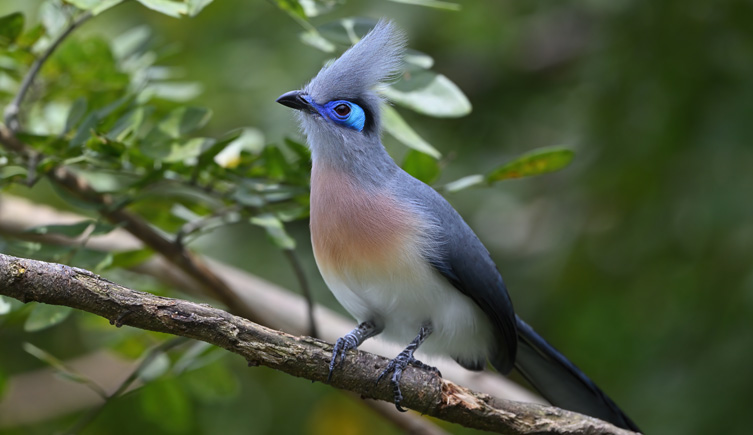Application details
Deadline to apply: Monday 27 January 2025

© tristan tan/ Shutterstock
Madagascar, a megadiverse country has a high concentration of endemic plant and animal species (i.e., species found nowhere else on earth) and classified as a global biodiversity hotspot. Nature in Madagascar is under pressure due to the loss and degradation of natural habitats. Human population growth and climate change mean these pressures will continue, if not accelerate in future.
Madagascar is home to ~250 bird species of which 115 are completely unique to this country1. About 15% of these species are threatened with extinction, which places Madagascar in the top 20 countries globally for threatened birds. Madagascar is also one of the world’s most vulnerable countries to climate change. By 2065, scientists predict a temperature increase of 1.1–2.6 °C, along with greater extremes between wet and dry seasons1.
The Archbold-Vernay Expedition (AVE) visited Madagascar from 1929-1932. The expedition collected ~7,000 bird specimens, mainly skin preparations, that are now housed in the Natural History Museum (NHM), UK and the American Museum of Natural History (AMNH).
Utilising this wealth of data, this studentship will explore how the geographical ranges of the birds of Madagascar are changing; whether this is driven by habitat loss and / or changing climate; and what implications these changes have for their conservation.
The expedition recorded dates and location information for all collected specimens. The NHM specimens are not databased, but Large Language Models (LLMs) have been trialled successfully to rapidly extract data from label images. AMNH’s AVE bird specimens are already databased, and access to their database has been granted for this project. By combining the NHM and AMNH data, we will be able to create a unique dataset of the distributions of the birds of Madagascar from ~100 years ago.
This PhD project will build on existing data and this previous work in the following ways:
Outputs from this work will include a unique historical dataset and several high-quality papers. We plan to feed our results into conservation actions for Madagascar’s birds through contacts in Birdlife International.
A comprehensive training programme will be provided, comprising training both in applied AI and biodiversity, and transferable professional and research skills. The project includes a placement with an AI-INTERVENE project partner of between 3-18 months in duration. The student will present at national and international conferences, placing the student at the forefront of the discipline, leading to excellent future employment opportunities.
The project would suit a student looking to develop interdisciplinary research skills that span computer, data and conservation science. A background in any of these areas of science at BSc level would be suitable. The student will need to have a keen interest in applying ‘big data’ to addressing significant questions in environmental change research. No previous experience working with natural history collections is required.
Deadline to apply: Monday 27 January 2025
University of Reading
Natural History Museum

.png)